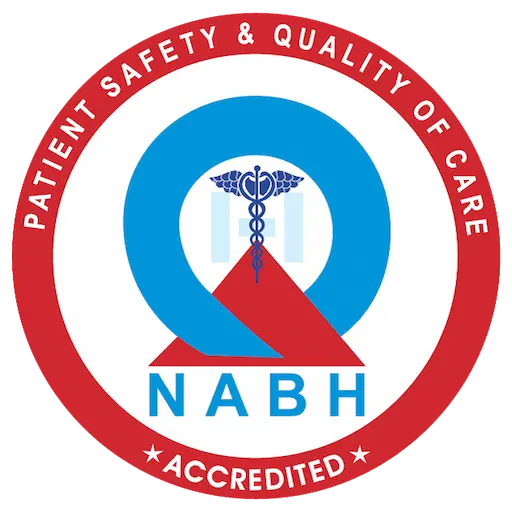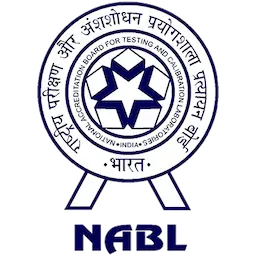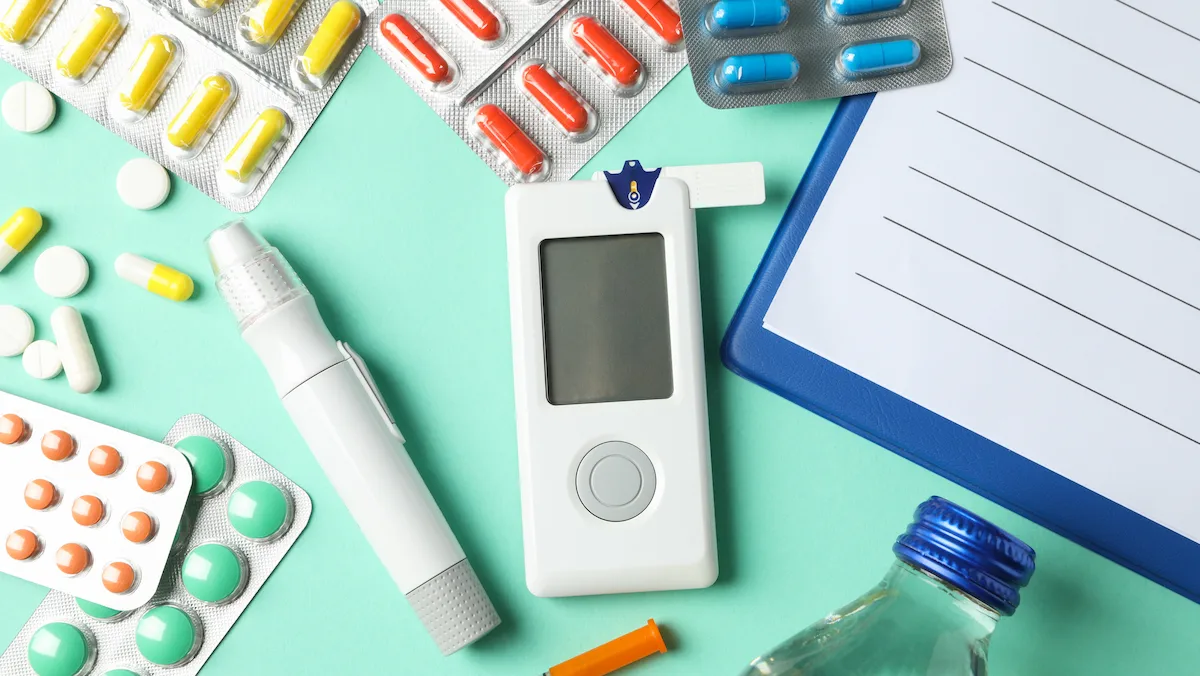What is Diabetes?
Diabetes is a chronic medical condition characterized by high levels of glucose (sugar) in the blood. It occurs when the body is unable to produce enough insulin or use the insulin it produces effectively. Insulin is a hormone that regulates the amount of glucose in the bloodstream and helps the body convert glucose into energy.
There are three main types of diabetes:
Type 1 diabetes: This is an autoimmune disease in which the body’s immune system attacks and destroys the insulin-producing cells in the pancreas. People with type 1 diabetes require insulin injections or an insulin pump to manage their blood sugar levels.
Type 2 diabetes: This is the most common type of diabetes, accounting for about 90% of all cases. It occurs when the body becomes resistant to insulin or does not produce enough insulin to meet its needs. Type 2 diabetes can often be managed with lifestyle changes such as diet and exercise, oral medications, and sometimes insulin injections.
Gestational diabetes: This type of diabetes develops during pregnancy and usually goes away after the baby is born. However, women who develop gestational diabetes have an increased risk of developing type 2 diabetes later in life.
Diabetes can cause a variety of complications, including heart disease, kidney disease, nerve damage, blindness, and amputations. Therefore, it is important to manage diabetes carefully with the help of a healthcare professional to reduce the risk of these complications.
Symptoms of Diabetes:
The symptoms of diabetes can vary depending on the type and severity of the condition. Some of the most common symptoms of diabetes include:
Increased thirst and frequent urination: The excess sugar in the blood pulls fluids from your tissues, causing you to feel thirsty and urinate more frequently.
Extreme hunger: Without enough insulin to move sugar into your cells, your body may become starved for energy and trigger hunger signals.
Fatigue: Because your body is not effectively using the glucose in your blood, you may feel tired or weak.
Blurry vision: High blood sugar levels can cause the lens in your eyes to swell, resulting in blurry vision.
Slow-healing sores or cuts: High blood sugar can affect the ability of the body to heal.
Tingling, numbness, or pain in the hands or feet: Diabetes can cause nerve damage that can lead to these symptoms.
Unexplained weight loss: Type 1 diabetes can cause rapid weight loss, while people with type 2 diabetes may experience weight loss despite an increase in appetite.
If you experience any of these symptoms, it is important to consult with a healthcare professional to determine if diabetes or another condition may be the cause.
How is Diabetes Diagnosed?
The diagnosis of diabetes is typically made through blood tests that measure blood sugar levels. The two main tests used to diagnose diabetes are:
Fasting Plasma Glucose (FPG) test: This test measures your blood glucose level after you have fasted (not eaten) for at least 8 hours. A glucose level of 126 mg/dL (7.0 mmol/L) or higher on two separate occasions is diagnostic of diabetes.
Hemoglobin A1c (HbA1c) test: This test measures your average blood glucose level over the past 2-3 months. A result of 6.5% or higher on two separate occasions is diagnostic of diabetes.
In some cases, a healthcare professional may also order additional tests to help diagnose or monitor diabetes, including:
Oral glucose tolerance test (OGTT): This test involves drinking a glucose solution and having your blood glucose levels measured over time. It is often used to diagnose gestational diabetes.
Random plasma glucose (RPG) test: This test measures your blood glucose level at a random time, regardless of when you last ate. A result of 200 mg/dL (11.1 mmol/L) or higher in the presence of diabetes symptoms is diagnostic of diabetes.
Urine tests: These tests may be used to check for ketones (byproducts of the breakdown of fat) or protein in the urine, which can indicate poorly controlled diabetes.
If you have been diagnosed with diabetes, your healthcare professional may also order additional tests to monitor your blood glucose levels and assess your risk for diabetes-related complications.
Treatment for Diabetes:
The treatment of diabetes depends on the type and severity of the condition. The main goals of treatment are to manage blood sugar levels, prevent complications, and improve overall health. Treatment options may include:
Lifestyle changes: For people with type 2 diabetes, lifestyle changes such as a healthy diet, regular exercise, and weight loss can be effective in managing blood sugar levels.
Medications: There are a variety of medications available to help manage diabetes, including insulin, oral medications that stimulate insulin production or improve insulin sensitivity, and other medications that help control blood sugar levels.
Insulin therapy: People with type 1 diabetes require insulin therapy to manage their blood sugar levels. Insulin can be administered via injections or an insulin pump.
Monitoring blood sugar levels: Regular monitoring of blood sugar levels can help people with diabetes track their progress and adjust their treatment as needed.
Education and support: Education and support from healthcare professionals can help people with diabetes manage their condition more effectively and reduce the risk of complications.
Management of related conditions: People with diabetes may also require treatment for related conditions such as high blood pressure, high cholesterol, or kidney disease.
The treatment of diabetes requires ongoing management and monitoring, and may require adjustments over time. Working closely with a healthcare professional and following a comprehensive treatment plan can help people with diabetes manage their condition and improve their overall health.



